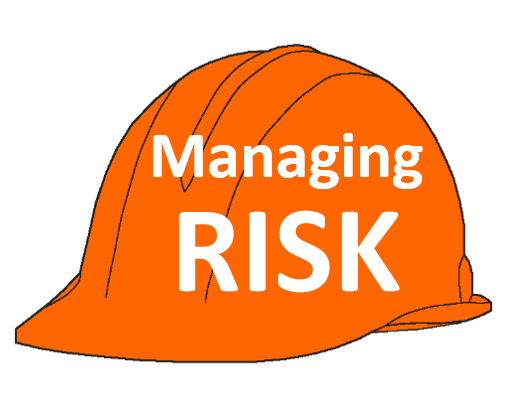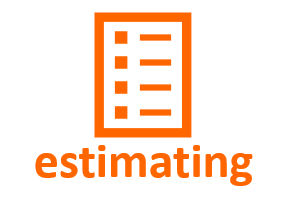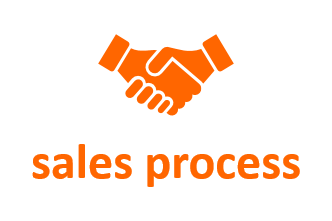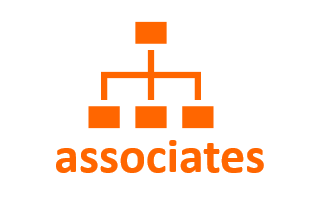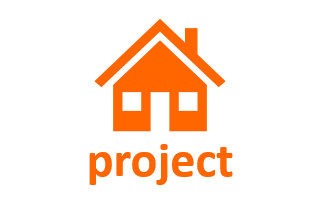At Least 10 Ways to Lose $100,000 Running a Construction Business
A CONSTRUCTION JOB SITE IS FULL OF POTENTIAL RISKS.
SO IS A CONSTRUCTION COMPANY.
OK, so you’re at a jobsite, and the roofing crew pulls up on the job.Three guys jump out of the pick-up, start laying out compressors, hoses, tools and ladders. Two of them stand the ladders, run up to the roof, and start spreading the bundles of roofing that were delivered yesterday.
 You know there is an OSHA inspector in your area, and you know that OSHA is looking especially for fall protection violations. So, you call the roofing crew leader over and tell him that he is going to have to set up the tie-off stands and make sure his guys are using the safety measures they know they should to keep OSHA happy. |
You saw the risks:
- That the workers on the roof without safety equipment in place posed a fall risk; and,
- That the absence of fall protection compliance posed a citation risk for your project.
And you took the steps necessary to protect yourself, your company and your client.
Congratulations, you’re a risk manager.
In the first part in this series, I identified several risks faced by construction companies. Each situation had potential losses in excess of $100,000. I could have identified another dozen, easily. Those risks fall broadly into six categories.
Six categories of risk:
- Property – destruction of work product by fire, water, or other “Acts of God”, theft, vandalism;
- Loss of Income – generally means the inability to earn an income, but in the context of a business, also relates to failure to market the company properly, the inability to close on contracts, and the problems with an “handshake” contract;
- Personnel – on-site injuries are the risk exposures that come immediately to mind, and the risk can be substantial. Other personnel risks include lawsuits for unfair labor practices, sexual harassment or wrongful dismissal, personnel handbook violations, having too many or too few employees or subcontractors to complete projects.
- Liability – Injuries on the job site to non-employees, scheduling mishaps, product quality, meeting buyer expectations, contract compliance, code compliance, public safety, covenant compliance, and more;
- Reputation – lack of recognition in the market, recognition for the wrong things in a market, late payments to subs and suppliers because of poor cash flow management, inability to deliver as agreed, failure to meet schedules;
- Managerial – a dysfunctional organization, expired licensing, seat-of-the-pants financial decision-making, regulatory non-compliance, non-productive marketing, faulty competitive positioning.
There are five methods for handling business risk:
- Risk Ignorance – Choosing not to be aware of the risks means that you are assuming risks you could easily eliminate or reduce. Don’t run your construction business just hoping that some terrible thing doesn’t happen. Hope is not a viable business model;
- Risk Transfer - Shift the risk to other parties. In the case of some business liabilities or employee accidents, you will transfer the risk to an insurance companies in return for a premium. Often, as general contractors, we should shift liability to our subcontractors, upon whom we rely to get our work done.Make sure those subcontractors are the first line of defense for the liabilities they cause;
- Risk Avoidance -Steer clear of the risk. I have spoken to some of my clients who choose not to work for certain types of people (think lawyers), or who do only spec construction. Both of these are a choice to avoid identified risks. Such choices do limit the size of your market and define your business model, but they can also decrease risk exposure;
- Risk Assumption - Choose to accept the risks and deal with the consequences if they happen. If you identify the frequency (how often is it likely to happen) and quantify the severity (what's it likely to cost), you may choose to assume the risk. This is different from Risk Ignorance in that you know about the risk, and have made a reasoned choice to accept it if it happens; or
- Risk Reduction - Decrease the odds of the loss. This is what business management is all about. Set up policies, processes and procedures to mitigate the risks you have identified. Product liability risks, transactional risk, competitive risk and many of the risks previously identified can be eliminated or reduced by proactively preparing for the possibility of occurrence.
Preparing to handle the risks of running a construction business:
That’s what Builder Resources focuses on.
"You Build. We Biz."
expresses our commitment to partner with you to protect your construction business.Builder Resources can help set up those policies, processes and procedures you need to handle the risks of being a ProBuilder.
